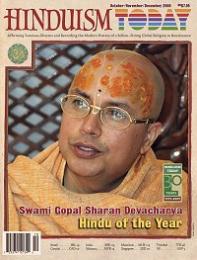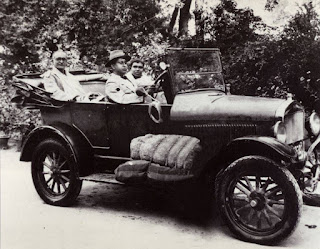Vrindavan is for the Bhajananandi Vaishnavas

This was originally posted on Vrindavan Today Over the past nine days, I had the opportunity to stay at Golok Dham ashram in Bijwasan, South Delhi, where the appearance day of Nimbarkacharya was being celebrated. During this time, I was lucky to meet a number of spiritual leaders from around India and talk to them about Vrindavan. The acharya at Golok Dham is Gopal Sharan Devacharya Maharaj , who was named "Hindu of the Year" by Hinduism Today magazine. The editor and publisher of Hinduism Today both came from Hawaii to present Maharaj with the award. The acharya of the Kaua'i ashram, Bodhinath Swami, has given his account of the event on his blog . Other important guests over the five days included the Peethadhishwar of the Salemabad seat of the Nimbarka sampradaya, Radhe Sarveshwar Sharan Shriji Baba , who is universally accepted as its spiritual head, Karshni Gurusharanananda Swami, Svarupananda Saraswati of the Gautameshwar Peeth in Gujarat, Acharya Balkrishn
